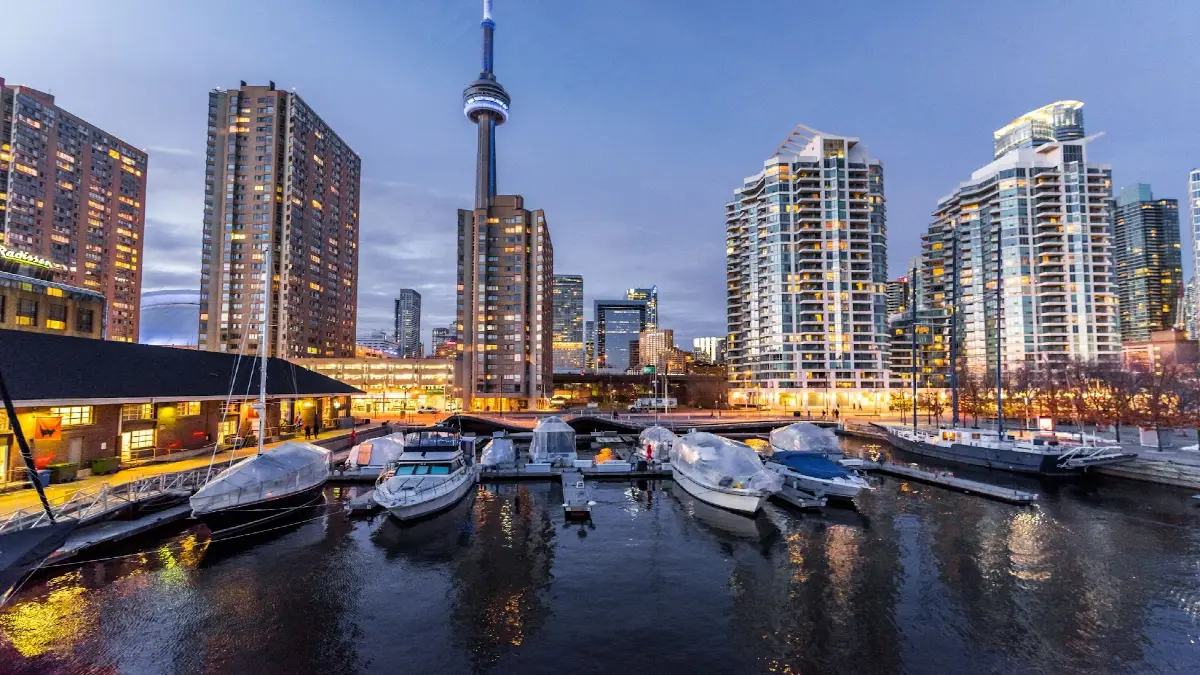Last Updated on January 25, 2018 by Bharat Saini
Island of Hunga Tonga Hunga Ha’apai formed in between December 2014 and January 2015 after a massive underwater volcanic eruption breached the surface, only about a mile long, is located about 400 miles southeast of Fiji in the Pacific. It was expected to wash away after a few months. Now, three years later, it’s still here. NASA’s studies on the island presented at a meeting of the American Geophysical Union in New Orleans in the second week of December 2017 state that it had proved more resilient than expected, possibly because of the warm sea water combined with ash during the volcanic explosion to create a concrete-like substance known as tuff.
According to Jim Garvin, Chief Scientist at NASA’s Goddard Space Flight Centre, it was a rare chance to study the life cycle of a newly created island and it may offer clues to how life potentially developed on Mars:
- Island of Hunga Tonga Hunga Ha’apai rose from the seabed about 65 kilometers (40 miles) northwest of the Tongan capital Nuku’alofa.
- Its world’s newest island formed during a volcanic eruption in the remote Pacific
- Island which initially measured 1 km wide, 2 km long and about 100 meters high has undergone significant erosion, it is now expected to last anywhere from six to 30 years.
- Mars had many similar volcanic islands that appeared to have been surrounded by water when they were created.
- Such spots may be prime locations to look for evidence of past life because they combined a wet environment with heat from volcanic processes.
- Examining how life gained a foothold on the Tongan island could help scientists pinpoint where to look for evidence of life on Mars.
- Islands like this might have worked on Mars 2 or 3 billion years ago, lakes and small seas filling depressions, persistent surface waters.
- It’s stuff we really strive to understand because it could have produced the conditions necessary for microbial life.
This is the first time satellites could see an island forming. Scientists still don’t know how the island has lasted this long. One theory is that warm sea water interacted with the ash to form a hardier rock surface. Scientists soon hope to run chemical analysis on rock samples to unlock the secrets of this young, mysterious island.
Hunga Tonga-Hunga Ha’apai is an underwater volcano off the coast of Tonga, just 62km (39 mi) northwest of the Tongan capital of Nuku’alofa. The volcano gets its name from the two small islands it’s nestled between, Hunga Tonga and Hunga Ha’apai, and is part of the highly active Tonga-Kermadec Islands volcanic arc.

